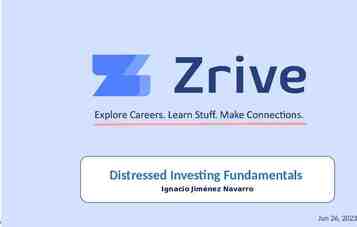Case/Management Electronic Case Filing: A Case Study RACO May 12, 2005
17 Slides935.00 KB
Case/Management Electronic Case Filing: A Case Study RACO May 12, 2005
Overview Case Management/Electronic Case Filing (CM/ECF): the changing paradigm of records management and case management. Lessons learned. Marketing tips.
What is CM/ECF? A case management/electronic case filing system for litigation in federal courts developed by the Administrative Office of the United States Courts. Currently implemented in about 70 United States District Courts and 85 United States Bankruptcy Courts. Full scale implementation expected in District and Bankruptcy jurisdictions by the end of 2005.
CM/ECF Capabilities Filing Direct Internet connection to file through court Website using username and password. Access Real time access to court docket and documents on the court website. Notice of case events Electronic notice of case events,e.g. filing by other parties, result in automatic generation of email to attorney of record.
Business Process Reengineering Complete change in document workflow. Complete change in document native format. Complete change in storage/search and retrieval needs and capabilities. Complete change in required skill sets for users.
The Approach DOJ/ECF Program Project E-File - Transition Project ECFS- New systems development Labworks – Lab testing environment
Records Management Quandary! System designed as a case management system for benefit of the courts Short term – mixed cm/ecf files and paper files. Long term – All electronic content/electronic litigation documents/electronic data management. No records management plan or system for electronic records. Current records management for DOJ is to print paper and file.
Records Management Issues Document workflow – shift from paper mail receipt to e-mail receipt in environment without e-mail workflow software. Issue: Must manually manage receipt by using e-mail rules and multiple recipient addresses to receive e-mail. What information is necessary to retain to meet FRA requirements?
RM Issues There is no document or case management system that manages the filing of pdf documents at the court website. Issue: What information and in what format should the filer retain the filing information that must be maintained as record ?
RM Issues All original signatures become images in the pdf files. Issue: Is maintenance of the original signature required and by whom? Are there then two records—the filed version and the original? All documents filed are converted to portable document format. Issue: Which version is the user’s record, the original or the pdf, or both?
RM Issues Judicial Conference Privacy Policy requires that certain personal information must be redacted from filed documents. Issue: There are now two records for retention by the filer—the original and the redacted version. Does the filer have to retain both or is the redacted version filed with the court sufficient to meet all requirements?
RM Issues There is not yet an electronic records management system in place. Issue: Users must print all record material and file in conventional paper file while they predominantly use the digital file for communication. The result is the cost of running parallel business processes.
The Future ECFS: Business Process Analysis Litigation workflows Capacity analysis Recommendation on automating litigation process – document, records and case management, signature Concept of operations
Lessons Learned A complete business process reengineering/virtually all business rules regarding communication of information change. All information formats change. Records management should be included at the beginning as part of the communication and information flow system. Vision must expand from that of a data or record repository to a communication system.
Lessons Learned There are significant costs associated with running parallel processes. Chosen approach should seek to enhance users everyday business use as well as to satisfy records retention responsibilities.
Marketing Tips: Business needs Legal – Federal Records Act, FOIA, Privacy Act, E-government Act, other statutory, regulatory, rules mandates, agency policies and procedures Case strategy/automated litigation support Practical business use – Efficient information sharing, research reuse, institutional knowledge Record ownership/control of the record
Questions?






















